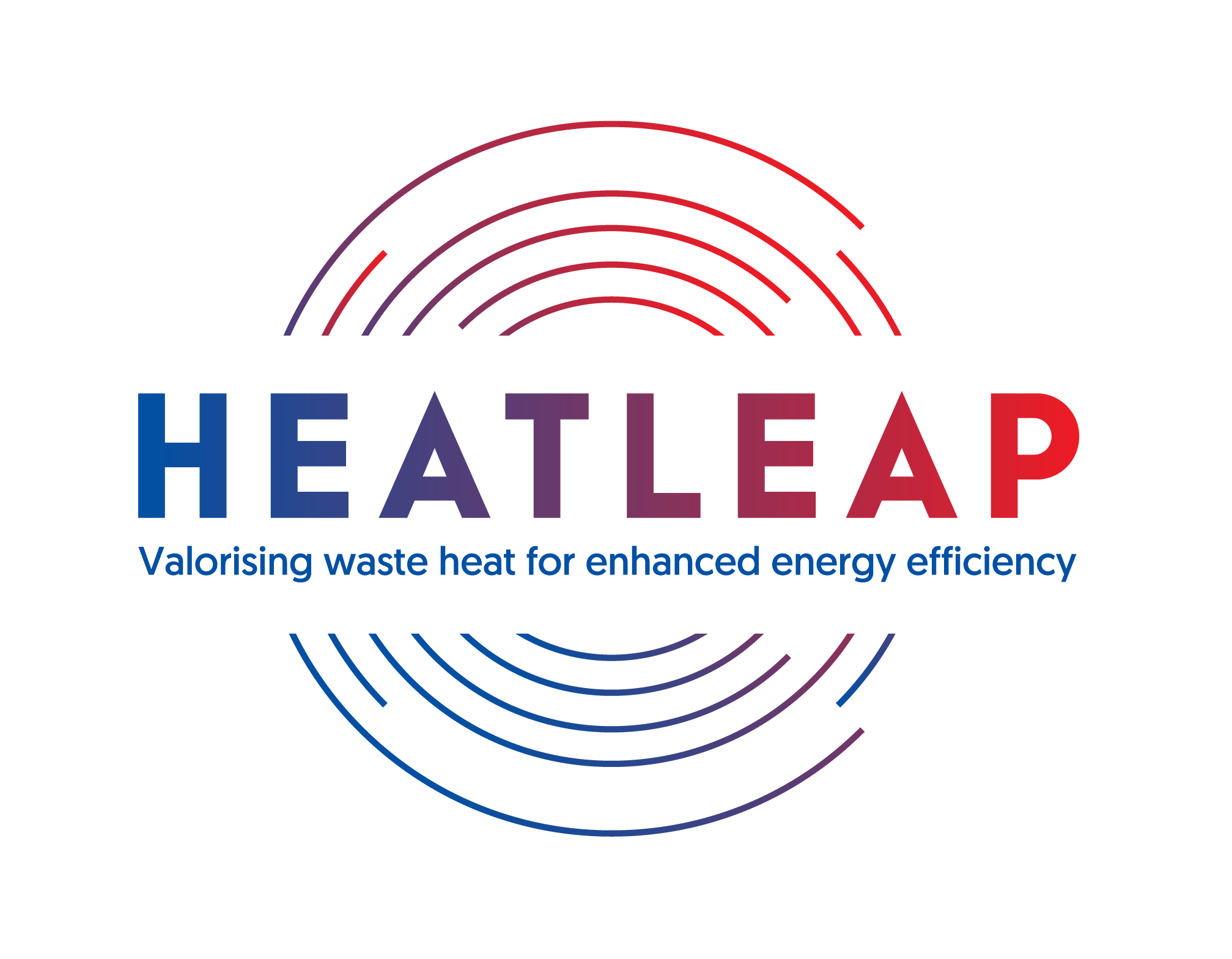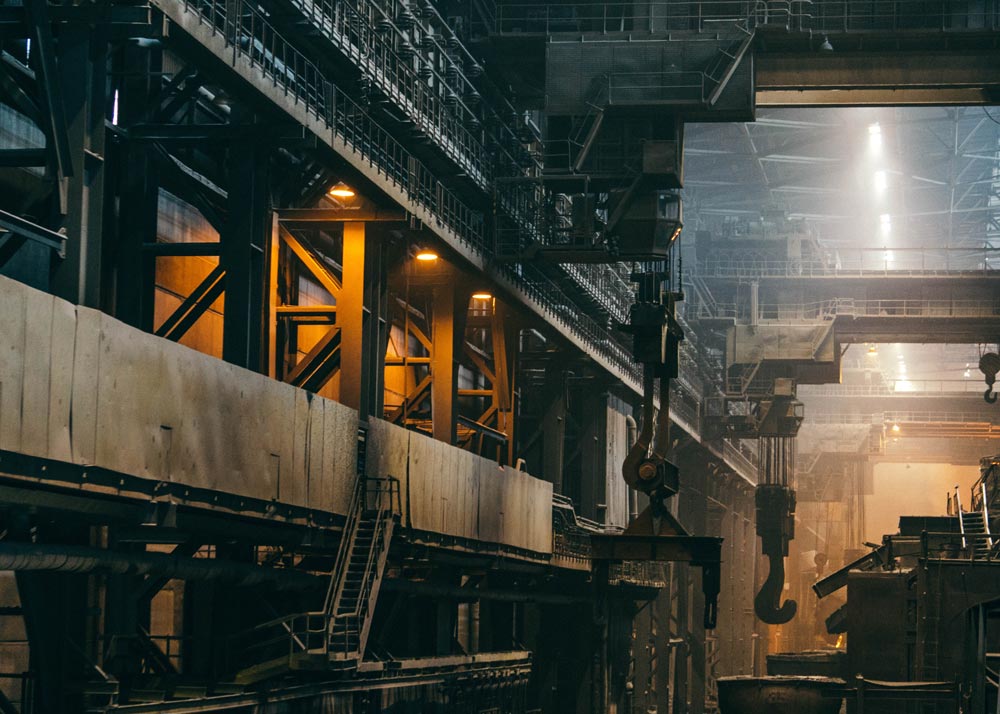Waste Heat Valorisation: Improving energy efficiency
Energy represents up to 20 % of the total production costs for energy intensive industries in Europe, and even more for some industrial sectors. However, despite considerable technical progresses in reducing energy consumption, a significant amount of the input energy is still lost in the form of waste heat. Excess heat from certain processes can be a valuable resource for other processes within the industry and even for other industries or users, directly or after intermediate transformation steps. Industrial waste heat recovery potential is still untapped due to a number of technical and non-technical barriers. Among them, the need for efficient and cost-effective technologies to recover heat losses and to re-use, upgrade or transform this heat for its valorisation. Improved energy efficiency in industrial processes can lead to substantial primary energy savings, decarbonisation of the energy supply and subsequent reduction of CO2 emissions. The reduction in energy cost will also enable greater competitiveness.
A more sustainable future
The projects presented below have developed and demonstrated innovative methods, solutions, technologies and operational practices to improve energy efficiency in industry, with a focus on the recovery and valorisation of waste heat from industrial processes. These include heat recovery and storage, heat upgrading and heat to power conversion in different sectors. Many of the potential solutions for recovering unused heat are adaptable to various types of processes and can be replicated across several industrial sectors. These initiatives support The European Strategic Energy Technology Plan (SET Plan), a key stepping-stone towards a climate neutral energy system through the development of low-carbon technologies, and the SPIRE public-private partnership roadmap.
EU research highlighted
In this CORDIS Results Pack we focus on the innovative results developed by Horizon 2020-funded projects working to re-use waste heat from process industry. For example, TASIO created a new generation of direct heat exchange technology for commercial ORC (Organic Rankine Cycle) systems in the cement, glass, steelmaking and petrochemical industries, but equally useful elsewhere. SUSPIRE developed novel highly efficient heat exchangers and thermal energy storage technology for reuse or commercialisation of waste heat, including the use of the ground itself for storage. Meanwhile VULKANO focused on thermal energy storage technology based on phase change materials that can recover and store high-temperature heat. I-ThERM designed innovative plug-and-play heat recovery and conversion to power solutions with potential across a wide temperature spectrum, including the novel supercritical CO2 cycle. In some processes, waste energy is of low quality and it is not practical or economical to recover it with current technologies, so Indus3Es developed an innovative Absorption Heat Transformer that focused on low temperature heat recovery (below 130ºC). Also, LOWUP demonstrated innovative heat pump technology that captures and re-uses low-grade energy. DREAM pioneered the design of heat pipe heat exchangers to recapture the energy lost from kilns and transfer it to another point in the production chain. Finally, Smartrec designed a modular system for recovery and management of heat from corrosive, contaminated and intermittent exhaust streams, also based on heat pipe heat exchanger technology and dual media thermocline storage.


